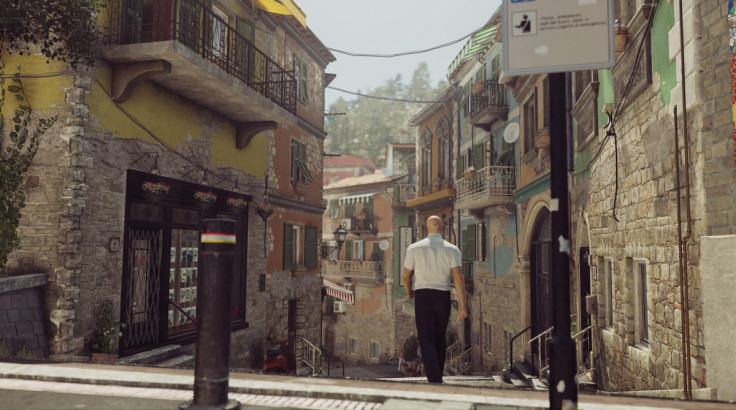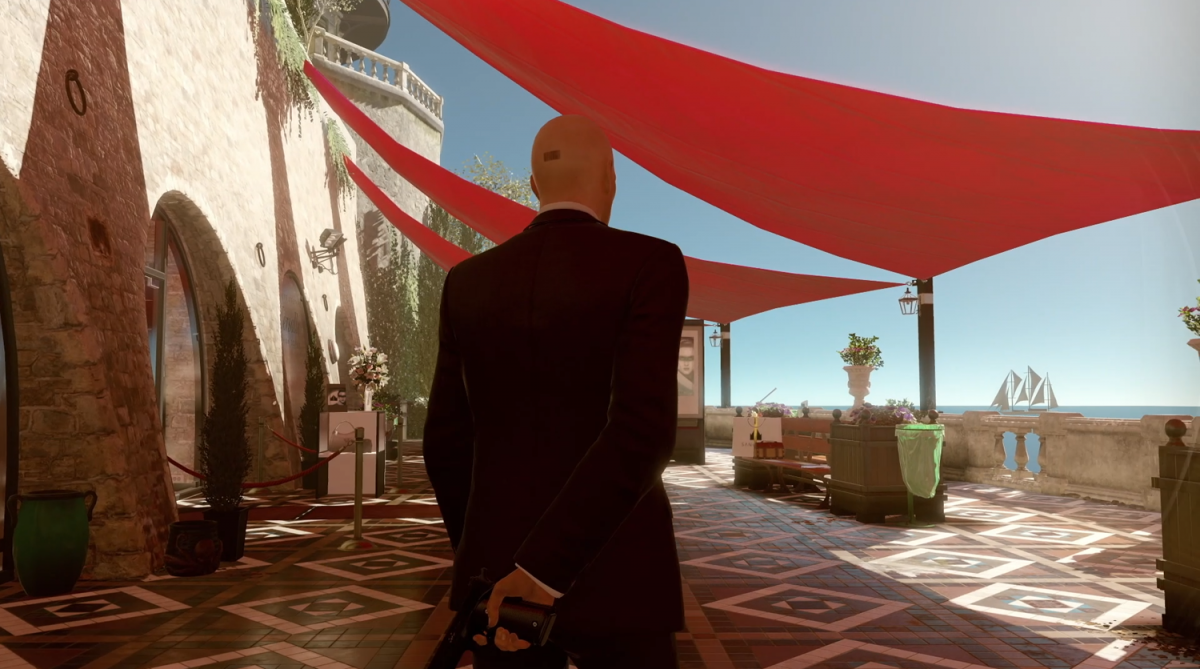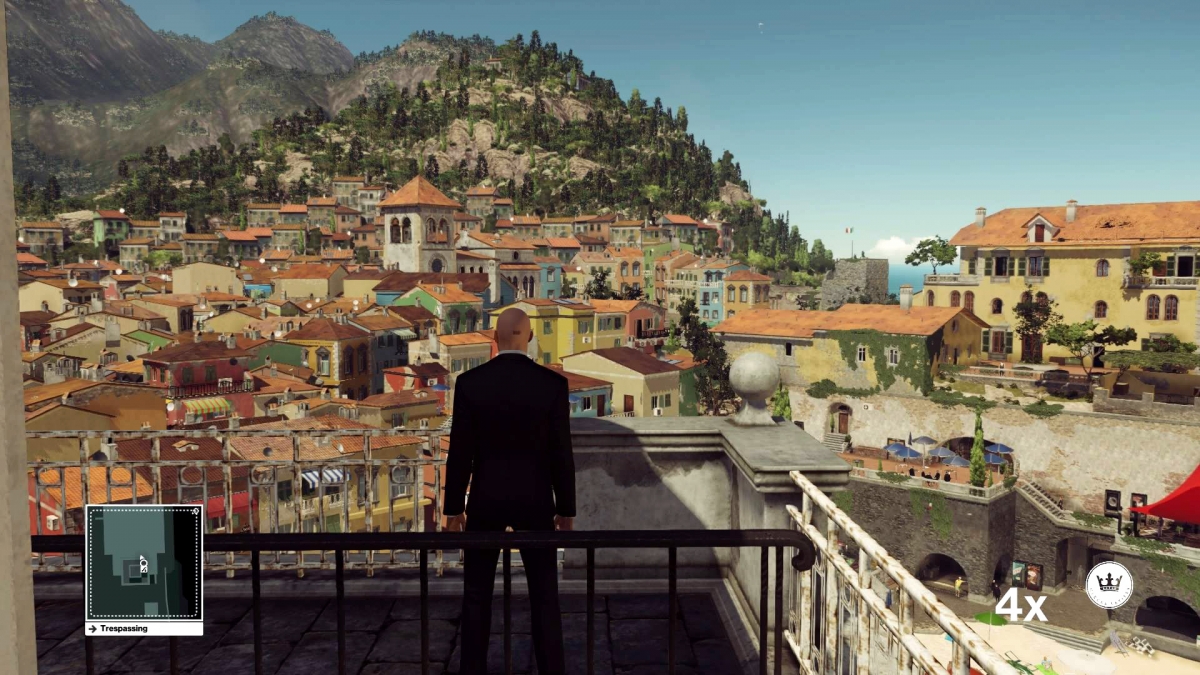Hitman Episode 2 – Sapienza review: One of the series' finest missions to date

IO Interactive's episodic Hitman got off to a strong start in March with the release of its introductory levels and first episode, set in a Paris mansion packed to the literal rafters during a bustling fashion show. April saw the release of episode two, a very different kind of Hitman level but perhaps one of the best the series has ever produced.
Set in a fictional Italian coastal town called Sapienza, episode two continues to prove that the episodic formula applied to this latest iteration of IO Interactive's intricate and open murder simulator is a perfect fit for the series. The focus it offers each new setting and the hive of possibilities within them, allows players to fully appreciate both.
Whereas the Paris mission took place in a huge, multi-storey mansion, this latest mission for Agent 47 takes place in a larger, less concentrated area. The busy party atmosphere of Paris is replaced here by a light sea breeze you can practically feel, aided by the level's luscious visuals. Bathed in sunshine on a day blessed by the finest weather conditions imaginable, Sapienza is sun-soaked and gorgeous – in stark, deliberate contrast to the dark and dingy horrors the map's central house conceals.
The building is the family home of 47's first target: Silvio Caruso, a troubled bioengineer working on a deadly virus with the help of his lab head, and second target, Francesca De Santis, whose relationship with Caruso is frosty to say the least. Agent 47's third objective is to destroy a virus prototype hidden somewhere on the map.
As ever with Hitman, there are a litany of ways to go about completing each objective. Early runs will likely involve simply waiting for your target to be alone, then garrotting them/shooting them/breaking their necks, but through exploration and the supporting Opportunities system, you'll soon be making use of wood chippers, cannabis, propane tanks, golf balls, canons and much more.




My one problem with Hitman 2016 so far, is that too many of the weirder killing methods only start to unfurl once the player happens upon their start point. A man taking a nap in the quiet back streets will call one of the targets after he wakes – but that only happens if 47 is nearby. This example makes some sense, as he's asleep at the start of the mission, but there are other instances where this feels stilted.
A florist meant to deliver flowers to the Caruso home, but delayed by a collision with a cyclist, won't deliver them himself. The only way for that sequence of events to open up is for the player to follow the first steps – taking the florists' outfit and the bouquet he's meant to deliver. It won't unfold naturally after a given time, and this goes for most possibilities available. If these could unfold organically, and so come with the opportunity to miss them entirely, then the player would be able to witness them first hand and consider the possibilities they afford for a future play-through, without being too reliant on the game's prompts.
However, the hand-holding Opportunities system is far from intrusive, and Hitman remains fun whether you use the system or not, but the game's core design does lean on it a little too heavily. It creates a sense that the world is a little stagnant when 47 is not directly influencing events, rather than being a living world in which he and the player are the chaotic wild card.
This fault only prevents Hitman Episode Two from achieving near-perfection, it is still an exceptional example of the series at its very best. IO's strong start is becoming a hot streak, and all eyes will be on the third episode, set to be released in May.
For all the latest video game news follow us on Twitter @IBTGamesUK.
© Copyright IBTimes 2025. All rights reserved.



















